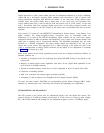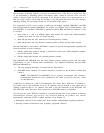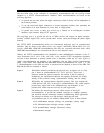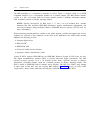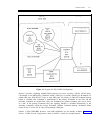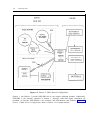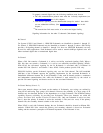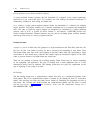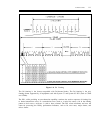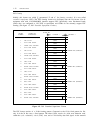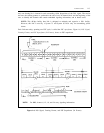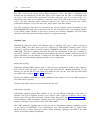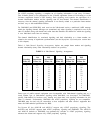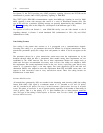
INTRODUCTION
1-9
To properly transmit digital data, the following conditions must be met:
●
●
●
The data communications protocol must meet the 1s-density requirement (see
Line-Coding Formats later in this chapter).
24th-channel signaling must be administered (except for mode 1 data which
can use robbed-bit facilities). (See 24th-Channel Signaling later in this
chapter.)
The transmission link must consist of an end-to-end digital facility.
Signaling information for the other 23 channels (24th-channel signaling).
B-Channels
For System 85 R2V4 and Generic 1, ISDN-PRI B-channels are identified as channels 1 through 23.
For Generic 2, ISDN-PRI B-channels may be identified as channels 1 through 23 when a DS1 facility
provides a D-signaling channel or channels 1 through 24 it does not. ISDN-PRI B-channels can only
be used for trunk applications. Each B-channel can be used to transmit 64K-bps digitized voice and
either restricted digital data or unrestricted digital data.
D-Channels
When a DS1 link contains a D-channel, it is said to use facility associated signaling (FAS). When a
DS1 link does not contain a D-channel, it is said to use nonfacility-associated signaling (NFAS).
With NFAS, the call-control signaling for the 24 B-channels is associated with a D-channel on
another DS1 link. Generic 1 and Generic 2 have NFAS. Earlier products provide FAS only.
ISDN-PRI facilities permit D-channel signaling only over the 24th channel. The full bandwidth
(64K-bps) of the D-channel supports the signaling requirements for the associated B-channels. A
fundamental difference between the D and B-channels is that each B channel provides a continuous
and independent communications link, while the D-channel is used exclusively by the switch to
provide call-control signaling and feature services for the associated B-channels.
D-Channel Backup (Generic 2)
Since some network charges are based on the number of D-channels, cost savings are realized by
using NFAS and having large groups of B channels. However, the reliability of a large group of B-
channels may be decreased because of the dependence on a single D-channel. The D-channel backup
capability improves reliability by providing two D-channels. These two channels are called the
primary D-channel (D1) and the secondary D-channel (D2). Only one D-channel is active at a time,
that is, when the primary D channel is active the secondary is idle (and vice versa). If the primary
channel fails, the secondary channel switches to the active state.
When NFAS is used with D-channel backup, the two D-channels should be located in different DS1
modules. Which DS1 links contain the primary and secondary channels is based on D-channel
loading and the customer’s perception of B-channel importance if the B-channel is lost.



